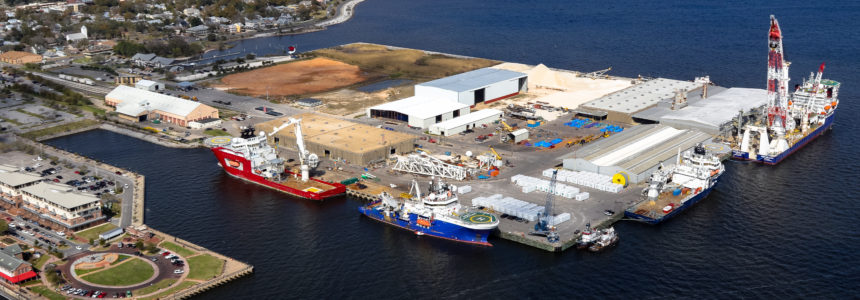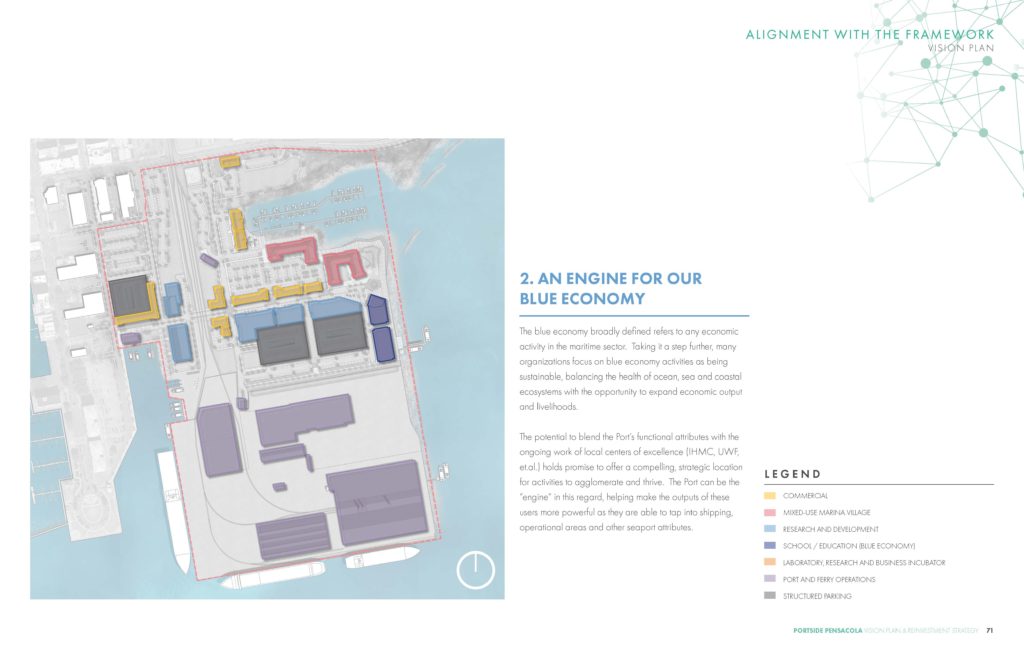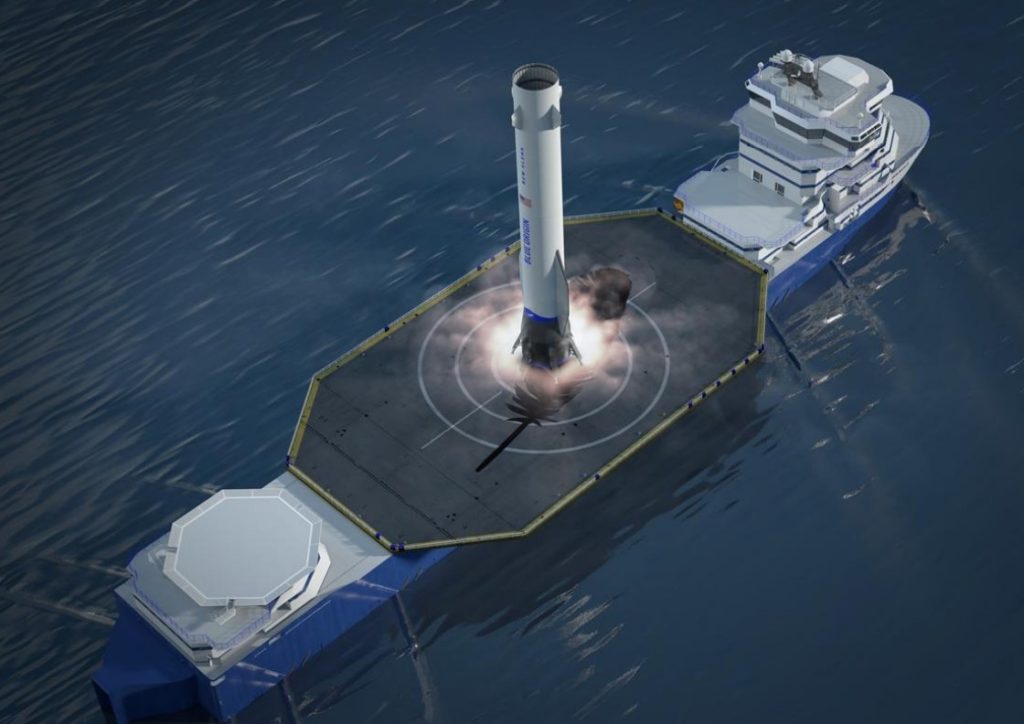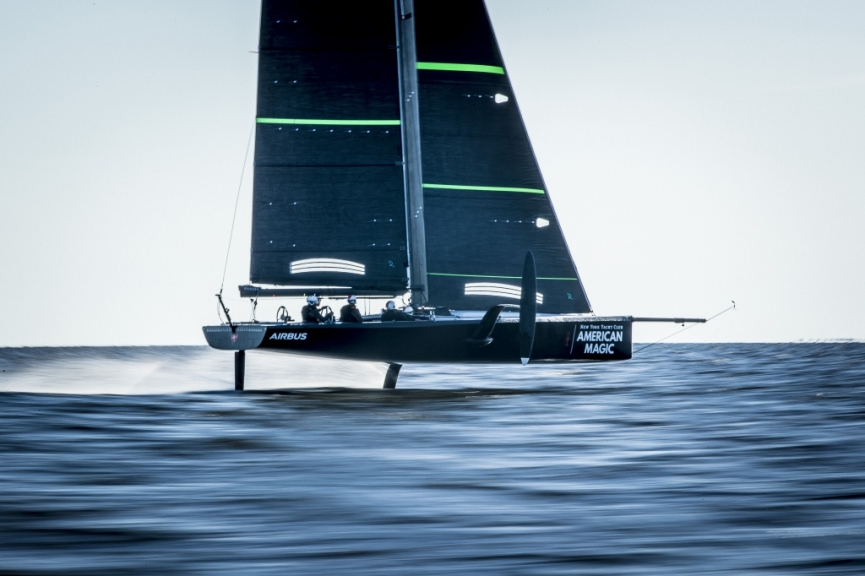News & Updates
Port of Pensacola Charts Course for the Future

Two newly-released study reports combined with a marketing strategy focused on attracting and expanding a specific set of business niches, will drive a 15-25 year evolution of the Port of Pensacola that will have it looking at new ways for the sea to help propel this extreme northwest Florida port’s regional economy.
The Port of Pensacola has been part of the fabric of Pensacola’s culture and community ever since the first commercial dock was built here in 1784. Ebbing and flowing with its neighboring downtown urban core, over the years the port carved out a comfortable niche catering to the shipping needs of local and regional industry.
But, as the great Bob Dylan song goes, “The times they are a-changin’.“

Today, Pensacola and the surrounding area have become less industrial. A revitalized downtown is home to professional offices, restaurants, nightclubs, galleries and shops where much of the warehouse district once stood, leaving the port an industrial island on the downtown waterfront. During this period of growth and change, the question for port officials became, “How can the Port of Pensacola remain relevant against this new backdrop?”
Part of the answer came in 2011 when the Port attracted Offshore Inland Marine to relocate its subsea vessel support base and corporate headquarters from Mobile, Alabama, to Pensacola. With a wink to Pensacola’s past in the form of new jobs in traditional shipbuilding and repair trades like welding and pipefitting and a nod to its future by way of state-of-the-art vessel operating system replacement projects requiring more modern specialties like computer programming and electronics, Offshore Inland became an early success story in the port’s quest to blend traditional port functions and 21st century Blue Economy activities on the port’s 68-acre site. Not only has Offshore Inland created a multitude of new jobs, people like seeing the unique tankers, drill ships and pipe layers being serviced at this new marine modification, maintenance, repair and overhaul (MMRO) facility.
Today, the MMRO is home to the long-term layup of the former roll-on/roll-off cargo ship Stena Freighter, which is now owned by Jeff Bezo’s space exploration company, Blue Origin. Dubbed the LPV (for landing platform vessel), the ship will be in Pensacola while Offshore Inland’s team completes a major conversion that will prepare, outfit and equip the ship to serve as a landing platform for Blue Origin’s New Glenn launch vehicle booster stages beginning in late 2021. Once placed into service, it is expected that the vessel will return to the Port of Pensacola for regular maintenance and repair and to homeport between rocket recovery missions.

In 2018, the port commissioned global infrastructure advisory firm Moffatt & Nichol to conduct a port strategic planning process that would incorporate an unprecedented level of stakeholder engagement and input into the port’s long-range planning process. The resulting Portside Pensacola Vision Plan champions a development approach that strengthens the port’s role as a regional economic driver. The strategy maintains the port’s core assets for cargo and trade activity and other maritime dependent uses, like Offshore Inland, while targeting underutilized property located outside the secured restricted area (outside the gate) for Blue Economy sectors such as aquaculture, marine technology and biology research and development, and ocean industry career education and training centers. It also allocates a portion of the port’s outside the gate holdings for civic, public and recreational uses like harbor cruises, water taxis, maritime history centers, and entertainment venues.
At the same time, city leaders engaged SCAPE, a New York based landscape architecture and urban design studio, to develop a waterfront framework plan focused on improving Pensacola’s waterfront destinations and the landside connections to them.
One short-term project to emerge from this process is the Waterfront Hashtag Connector, so named because it looks like a “hashtag” (#). The project calls for traffic calming improvements, streetscaping, and development of walking paths and bicycle lanes along four streets immediately adjacent to the port. The improvements will connect existing and future venues, attractions and storefronts with one another along safe, convenient and engaging routes that include new plazas, boardwalks and promenades.
“The proposed Waterfront Hashtag Connector project dovetails nicely with the Portside Pensacola Vision Plan to maintain the port’s core commercial maritime assets while clearly identifying those properties that could be redeveloped in such a way that the community is drawn down into, rather than just up to, the port district,” said Port Director Amy Miller. “This should create renewed economic lifeblood and new socio-emotional bonds between the port and the community.”
The port’s commitment to blending traditional and new ideas of what a port can be got two more boosts later in the year.
Pensacola Bay Oyster Company opened an oyster nursery, becoming the port’s first aquaculture customer. At the port facility, the company receives tens of millions of microscopic baby oysters, called “spat,” that are incubated and grown in tanks until they reach 4 millimeters in size when they are either sold to other oyster farmers or “planted” in Pensacola Bay Oyster Company’s own farms located in Pensacola Bay. The company also conducts experiments to determine what artificial bedding materials oysters are most attracted to and mature on the fastest and healthiest. The hope is that one day these materials can be strategically placed along bays and inlets to reestablish the area’s historic natural oyster beds that died decades ago due to over-fishing.
A short time later, the New York Yacht Club selected Pensacola as the winter training base for its American Magic sailing team, which will challenge for the 36th America’s Cup in Auckland, New Zealand in 2021. The on-port training compound meets the team’s need for privacy and security while supporting the nearly 100 personnel and the 36-foot training version of their foiling 75-foot monohull sailboat that have been in Pensacola since November. Not only have they been wowing observers watching the daily training runs of what Skipper Terry Hutchinson calls their “flying boat,” Pensacola has wowed the team, too. Hutchinson often calls Pensacola “one of the best flat water, unobstructed, natural sailing venues” he’s ever seen.

Photo credit: Amory Ross – American Magic
“Again, this is that blend of old and new, tradition and technology, that we’ve been promoting as the Port of Pensacola’s niche of the future,” Miller said. “Sailing’s been around for hundreds of years, but a hydro-foiling monoull? That’s completely new technology and it’s being developed and tested right here at the Port of Pensacola.”
Further development of these new niches, combined with the thoughtful and strategic implementation of the Portside Pensacola Vision Plan and the Waterfront Hashtag Connector should ensure that the Port of Pensacola is as important a part of Pensacola’s future as it was its past.
